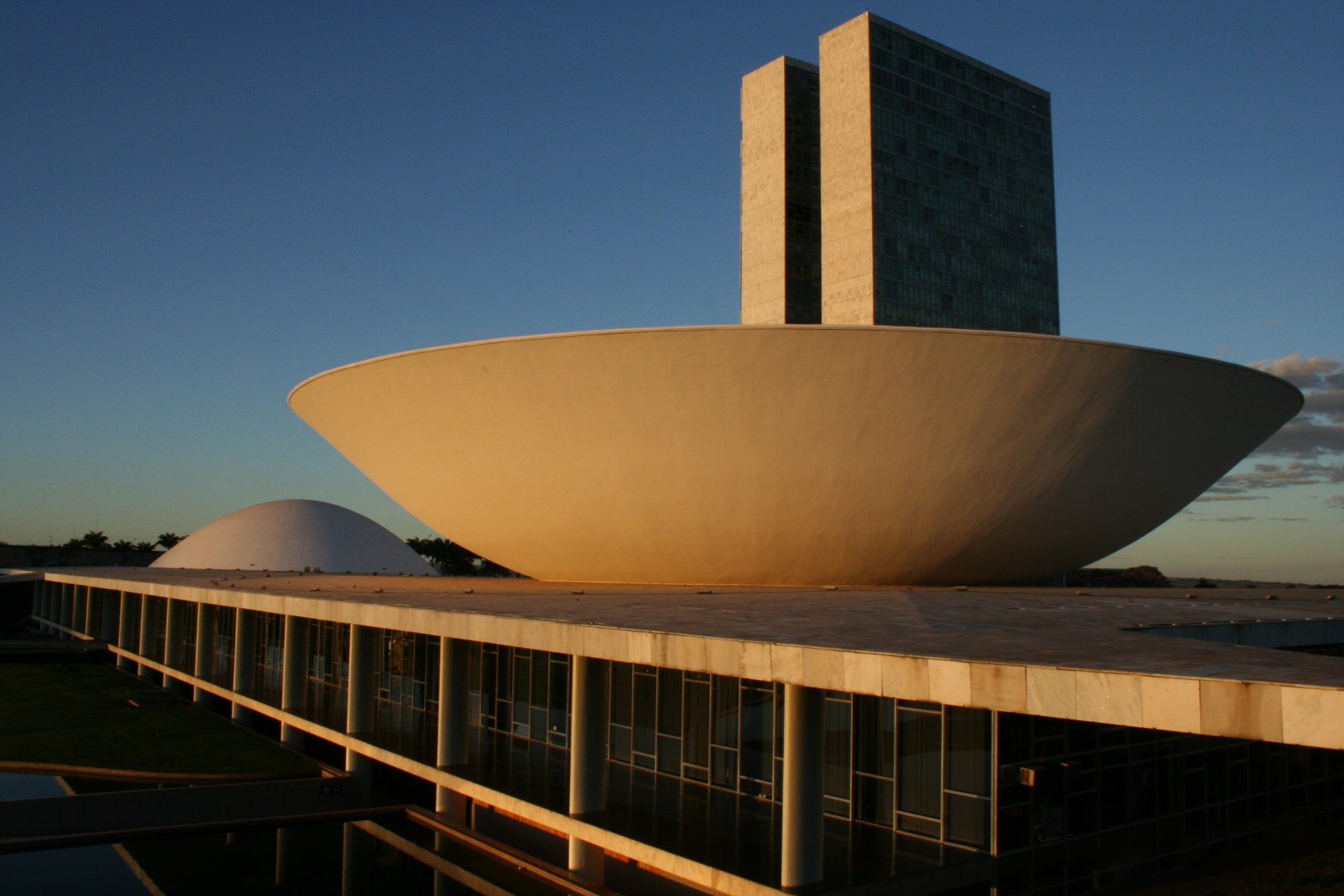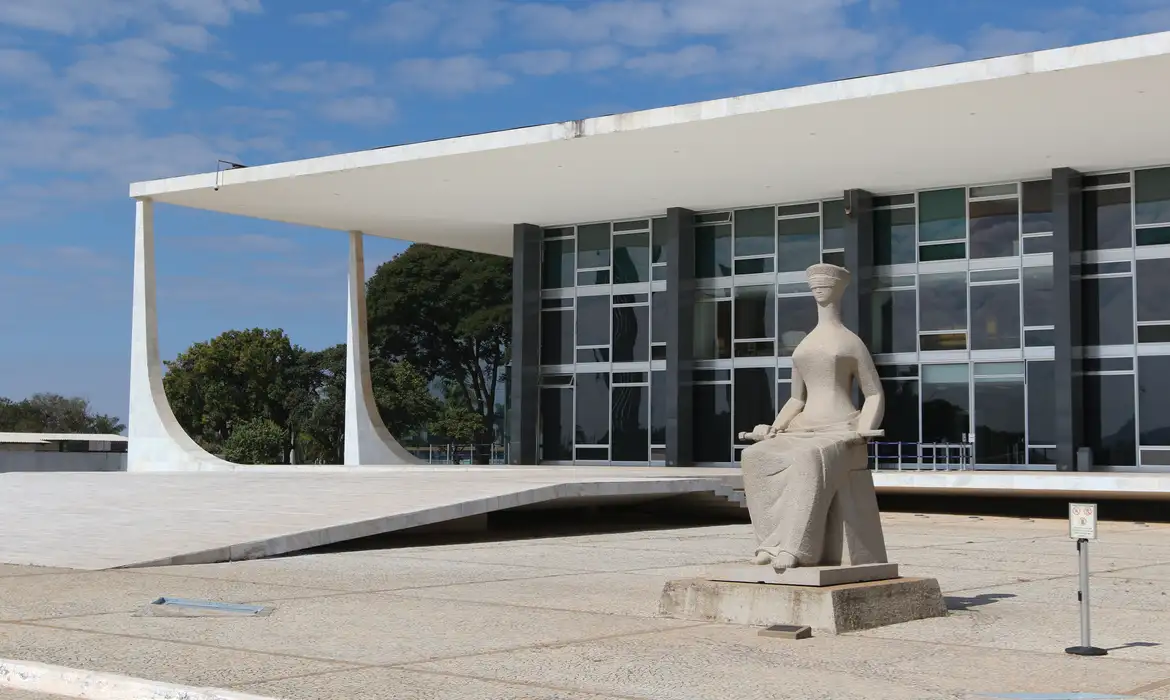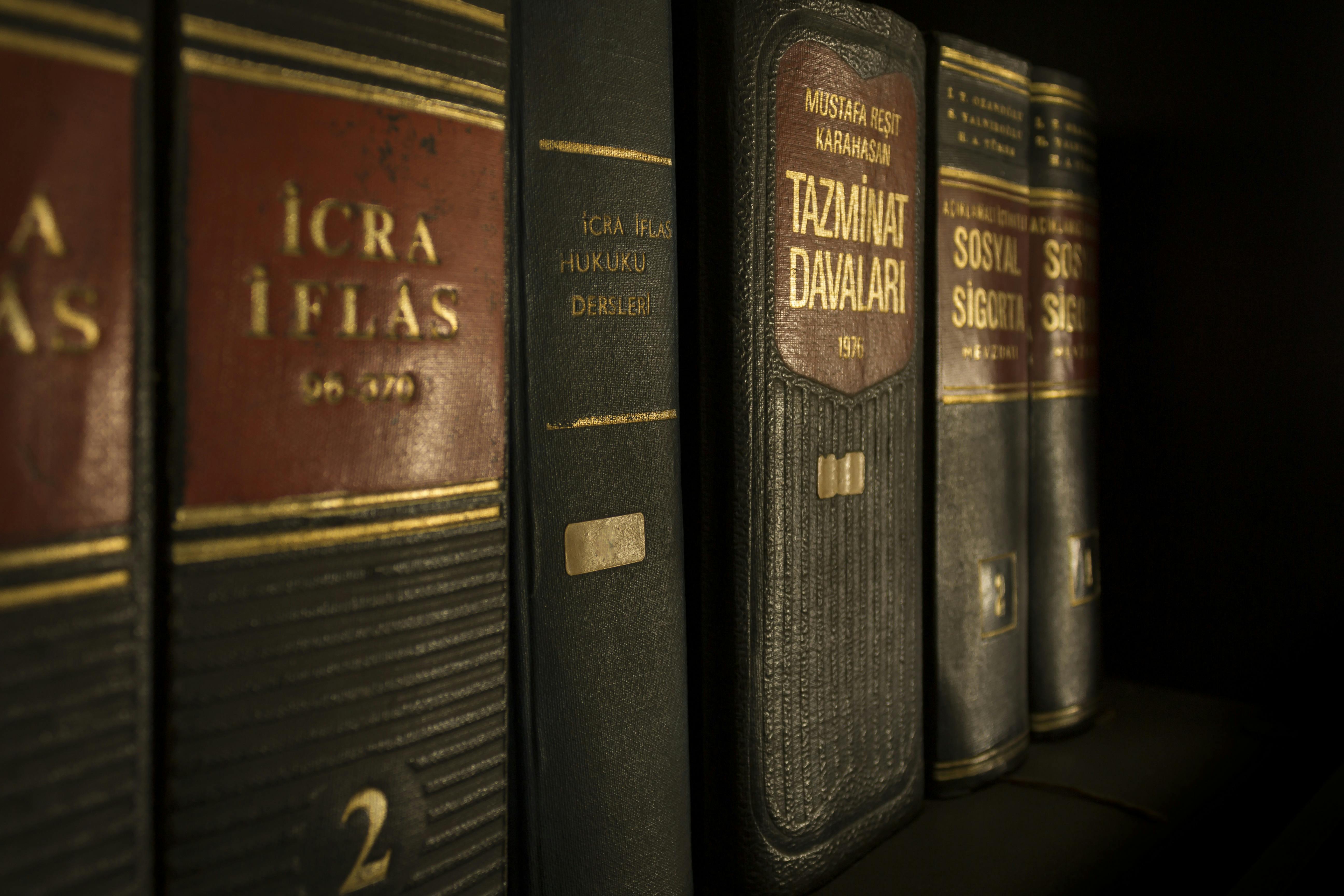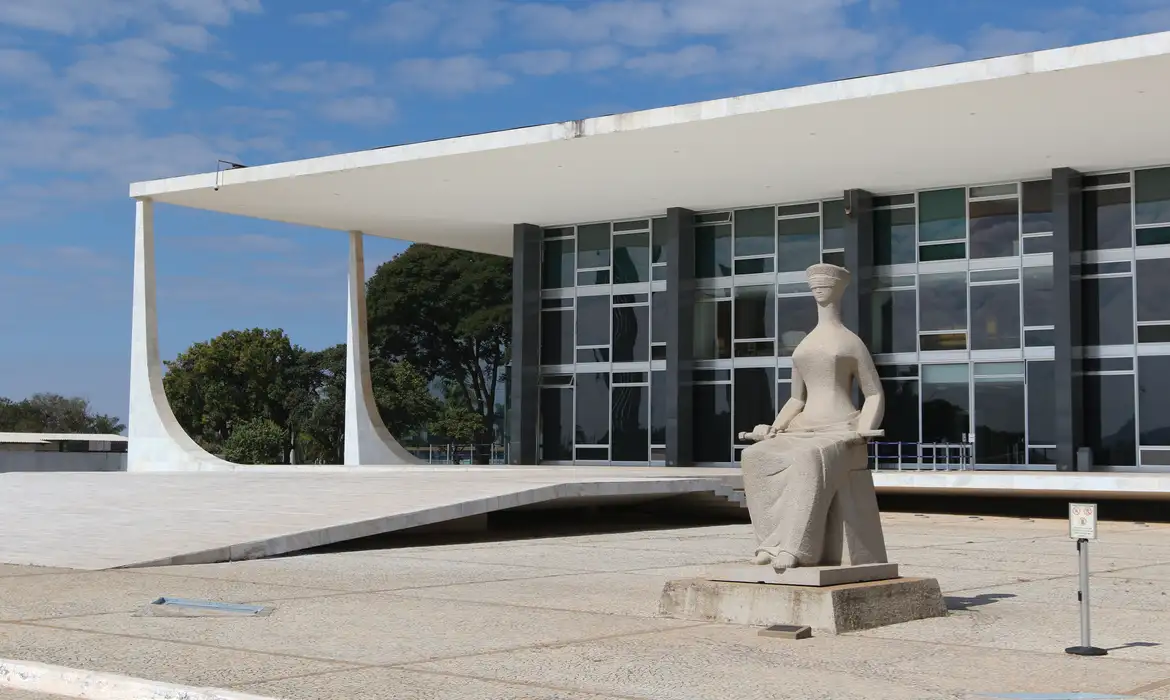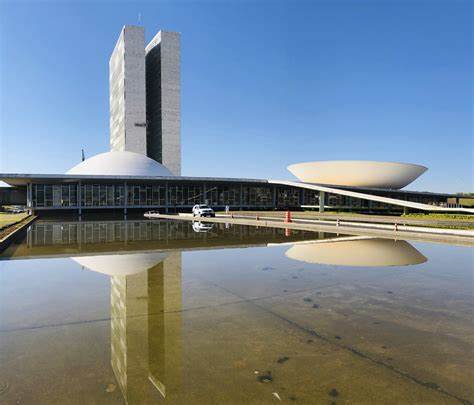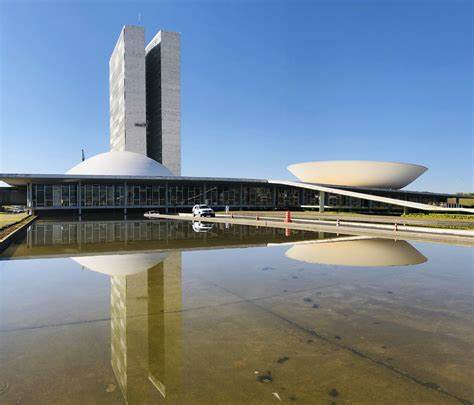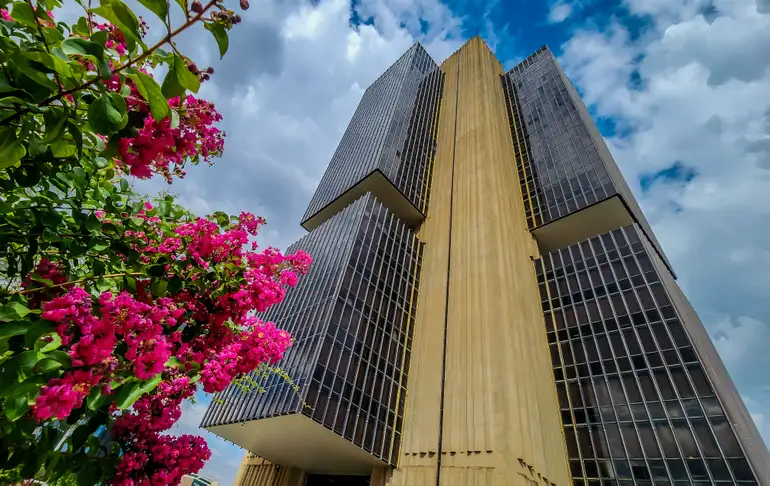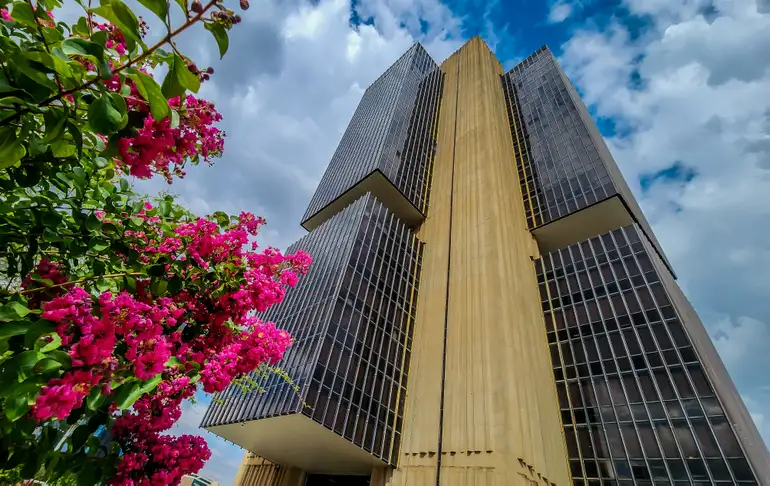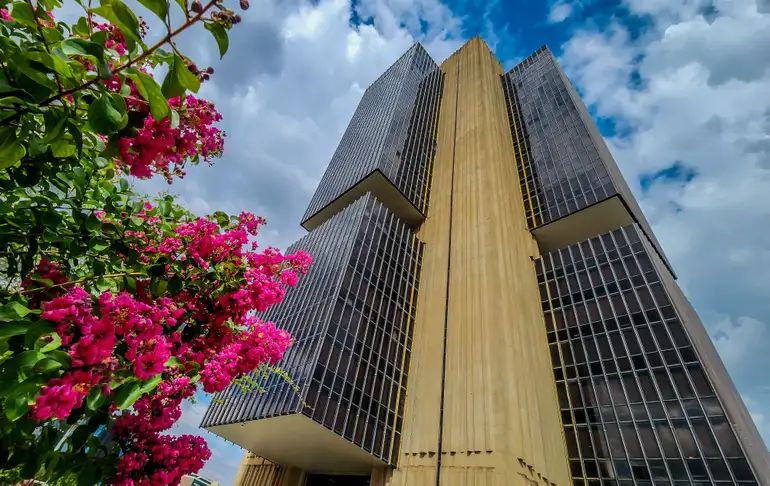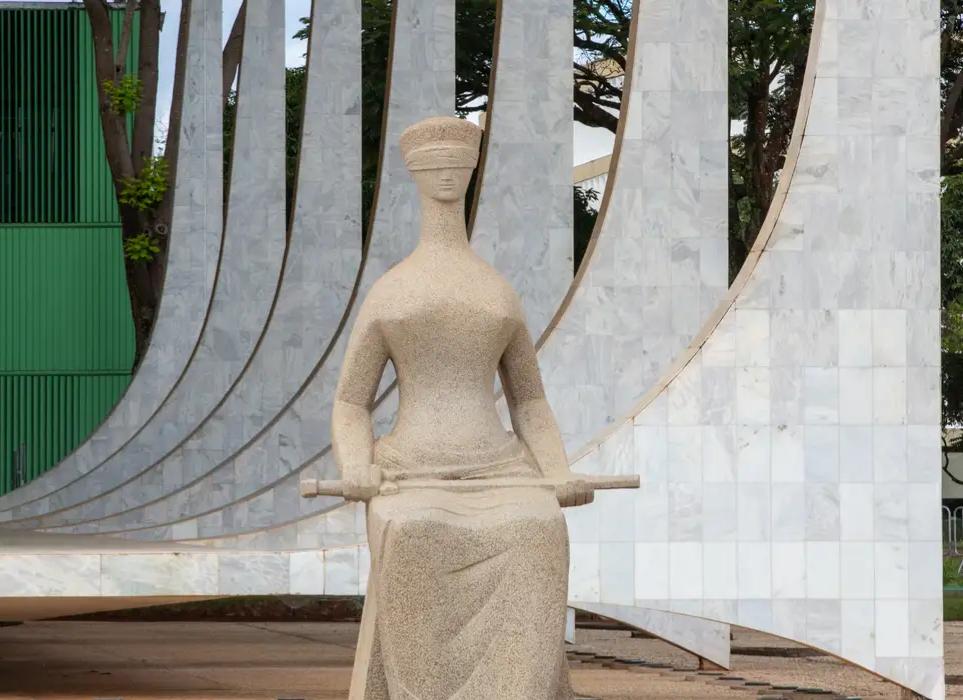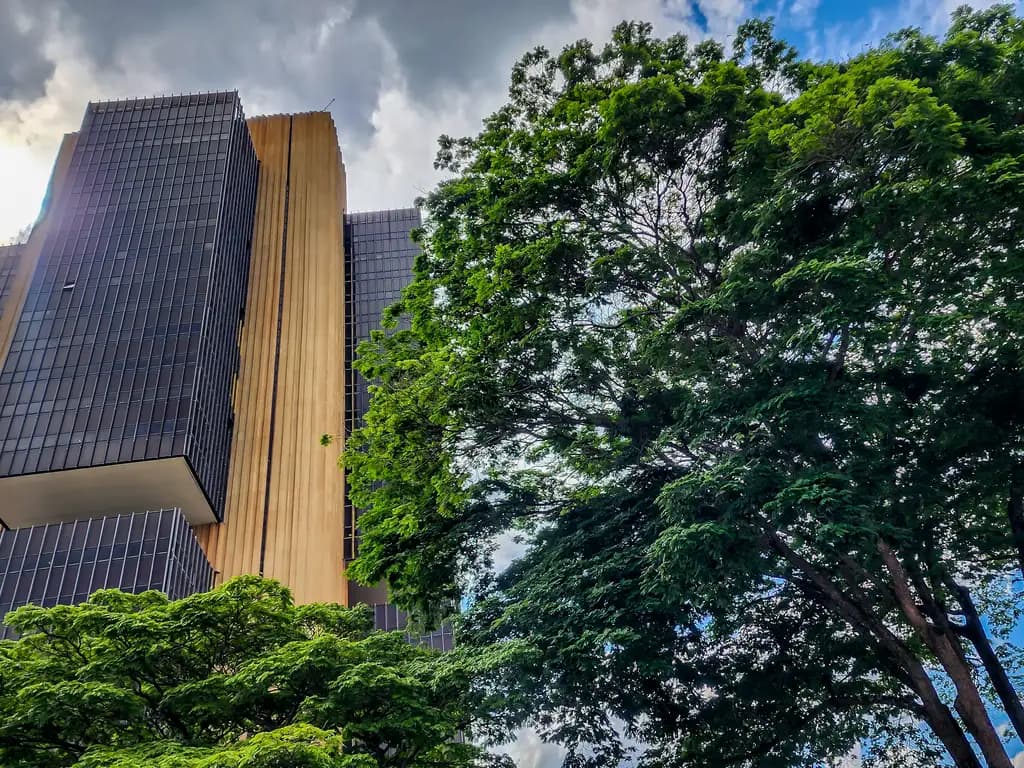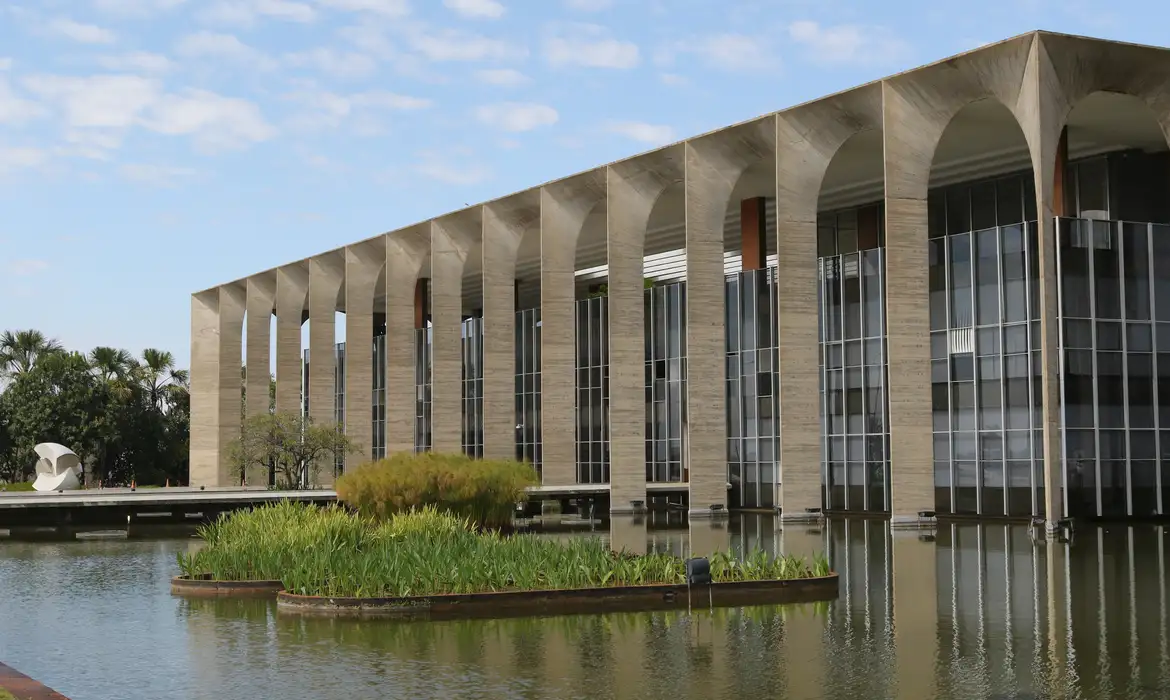Seizing the opportunity: The ongoing analysis of Eletrobras’s privatization by the Federal Audit Court as a means to improve energy price benchmarks and legal certainty
March 2022 is set to be a crucial time for the Brazilian electricity markets. This is when the Federal Audit Court (TCU), the top administrative court overseeing federal administration’s revenue and spending, is expected to finish analyzing the economic and financial terms of the renewal of Eletrobras’s energy concession contracts, with direct impact on the proposed privatization of Eletrobras.
In December 2021, TCU allowed the government to take the initial steps towards privatization but flagged that there was room to improve the energy price benchmarks in the Free Contracting Environment (ACL) and transparency in the composition of tariffs in the Regulated Contracting Environment (ACR). These concerns are aligned with the interests of Eletrobras’s shareholders and energy consumers alike. TCU’s scrutiny is underway.
This story began last year. As discussed in Rafael Zabaglia’s article, a law was enacted to lay out the basic structure of Eletrobras’s privatization: a capital increase and a follow-on public offering of new floating shares, resulting in the dilution of the government's stake from 61% to 45% or less; the government will retain a golden share to veto hostile takeovers and prevent any other shareholder from owning more than 10% of the company’s shares. The capital increase is conditioned upon prior renewal of certain concession contracts between Eletrobras and the government, and part of the money raised by Eletrobras will be used to pay the consideration owed to the government under those contracts.
TCU is now authorized under Brazilian law to review the economic and financial conditions of the proposed transaction. It will review the terms under which privatization will take place – but not whether the decision to privatize the company is appropriate. In short, the court’s role is to ensure that the transaction is not carried out in a way that allocates profits to private investors and costs to the Brazilian taxpayers.
More specifically, TCU will assess the value of Eletrobras’s concessions (VAC), which was estimated at around BRL 67 billion; this variable influences the company’s projected profitability over the next years and therefore can affect the outcome of the follow-on offering. TCU will also address the amounts payable to the federal government, the medium- and long-term impact of privatization on energy market prices, and the overall sustainability of the energy sector – in each case checking whether parameters like proportionality, due motivation and cost reduction have been met.
This is the context in which TCU’s reporting member submitted his initial views on Eletrobras’s case in December 2021.
First, the reporting member criticized the free-market (i.e., ACL) energy price benchmark adopted as one of the short-term variables in the VAC calculation. With grounds on TCU’s technical studies, he stated that the chosen benchmark (known as the “Dcide curve”) is very volatile and unreliable because it is calculated based solely on unverified prices informed by energy traders. In reporting member´s view, by adopting this benchmark, the government may be considering variables that do not represent true average market prices.
The Ministry of Mines and Energy (MME) sought to downplay the issue and claimed that the VAC was calculated by discounted cash flow – considering especially the weighted average capital expenditures and operational, maintenance and investment expenditures. That claim was rebutted by TCU’s technical staff, according to which the reference energy price is one of the most important factors in VAC calculation and therefore a small price variation could have a huge impact on the VAC.
Despite his criticism of the Dcide curve, the reporting member agreed with the adoption of the short-term reference price at the level of 233 MW/h, adopted in the VAC calculation, because this price remained stable for many months in the Dcide curve.
Although the issue has been overcome, there is an opportunity for the market to review the benchmark price formation criteria in order to reduce uncertainty – or at least to better communicate those criteria to market regulators and public authorities. Indeed, TCU recommended that the MME address this issue during the privatization process.
Other curves better reflect the actual purchase and sale of energy in the free market. One example is the forward curve from the Brazilian Electricity Commercialization Counter (BBCE), reflecting especially transactions registered in BBCE’s over-the-counter trading system (other data such as binding offers displayed in the trading system and even those unverified price statements are also factored into the curve, but with a lesser weight).
Data from the Power Commercialization Chamber (CCEE) could also be gathered and used to produce price curves that are more reliable than the Dcide curve. Among other activities, CCEE is responsible for commercialization of energy in ACR and ACL that generates market data in terms of volume traded – that data could be used in projections and calculations.
Reporting member’s considerations about the unreliability of AACL price benchmark meet the CCEE, BBCE and regulatory watchdog National Electricity Agency (ANEEL) agendas to enhance certainty, visibility and integrity in the energy sector.
A recent CCEE technical note regarding market surveillance and prudential approach is a clear example of that agenda: CCEE supports the application of financial market principles, some of which relate precisely to price formation in exchanges and over-the-counter markets, ensuring that prices really refer to existing transactions (as opposed to unverified statements which may or may not be accurate). It is easy to see how powerful these principles may be to increase transparency and integrity in price formation within the ACL and its related benchmarks.
Second, the MME and TCU agreed with the long-term price reference calculated using the projections of the Marginal Cost of Energy Expansion for 2033 and fixed at BRL 172,14 per MW/h.
Third, TCU´s technical staff stated that the VAC formula did not account for potential revenue arising from any future sale of ballast capacity. However, the reporting member found that disregarding this revenue is appropriate because there is currently no real market or regulation for ballast capacity trading, so there are no market parameters to valuate this asset.
It seems to be good news for Eletrobras and its shareholders. On the one hand, this revenue would immediately increase the VAC and therefore negatively affect the follow-on offering to some extent; on the other, market trends point to the eventual creation of a market for ballast capacity which could increase Eletrobras’s profits further down the road.
Fourth, TCU expressed concern that the government may be using the privatization proceeds to reduce fiscal deficit without tending to the improvement of the quality and efficiency of the energy sector, which would be contrary to a TCU precedent. According to the reporting member, there is a risk that deficit reduction (an issue unrelated to the energy sector) may end up being financed by consumers through price increases in the medium and long term.
The reduction of net public debt is just one among several objectives of the Brazilian privatization program pursuant to the law. Another goal that must likewise be observed by the government is moderation of tariffs, i.e., the pursuit of cost reduction in favor of public utility consumers.
TCU’s view is in line with the interests of Eletrobras and its consumers and shareholders, in the sense that the company may not be run to meet the interests of its controlling shareholder (the government), let alone interests that are unrelated to the energy sector and could lead to higher consumer prices or lower corporate profits.
The reporting member recommended that MME present studies about the medium- and long-term impacts of Eletrobras’s privatization on its consumers’ public utility bills and overall sustainability of the sector. This will not prevent the privatization process from moving forward and has transparency purposes only.
Fifth, the reporting member referred to a potential overestimation of the energy capacity of hydroelectric plants, an issue that may affect the calculation of Eletrobras’s physically guaranteed energy. Again, this is in line with the interests of the company, its consumers and shareholders: if that guarantee is overestimated, Eletrobras’ s energy generation will probably fall short of the guaranteed level; the company will have to buy energy in ACL to fulfill its commitment of physic guarantee; this will drive up costs for Eletrobras and, probably, consumers.
Following reporting member’s remarks, another TCU member asked for additional time to analyze the case records. His statutory deadline for such analysis is March 2022, but there is no way to ensure that the deadline will be met; thereafter, TCU should enter its decision on the VAC and enable completion of the privatization process. If TCU green-lights the transaction in March 2022 as Eletrobras and the government hope, the follow-on offering is expected to take place still in the first half of 2022.
Whether or not reporting member’s considerations will resonate with his TCU colleagues remains to be seen. In any case, it is already clear from those considerations that Eletrobras’s case created a valuable opportunity to further strengthen the energy sector.















